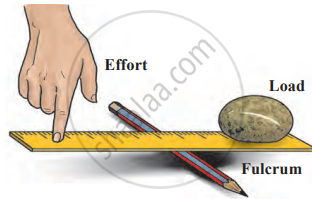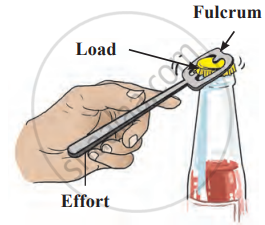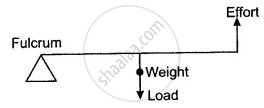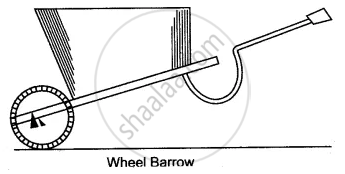1. Aim: To understand how a first-order lever works and observe how the length of the effort arm affects the force needed to lift a load.
2. Requirements: pencil (fulcrum), ruler (lever), paperweight or small heavy object (load), measuring tape (optional).
3. Procedure
- Place the pencil horizontally on the table as the fulcrum.
- Place the ruler on top of the pencil at a right angle, with one end holding the paperweight (load).
- To lift the weight, press the opposite end of the ruler (effort).
- Move the paperweight 4 cm farther from the pencil each time and observe the amount of force needed to lift it.
4. Conclusion
As the effort arm (the distance between the fulcrum and the point where force is applied) increases, less force is required to lift the paperweight. This setup is an example of a first-order lever, where the fulcrum is placed between the load and effort.

Lifting a paperweight




